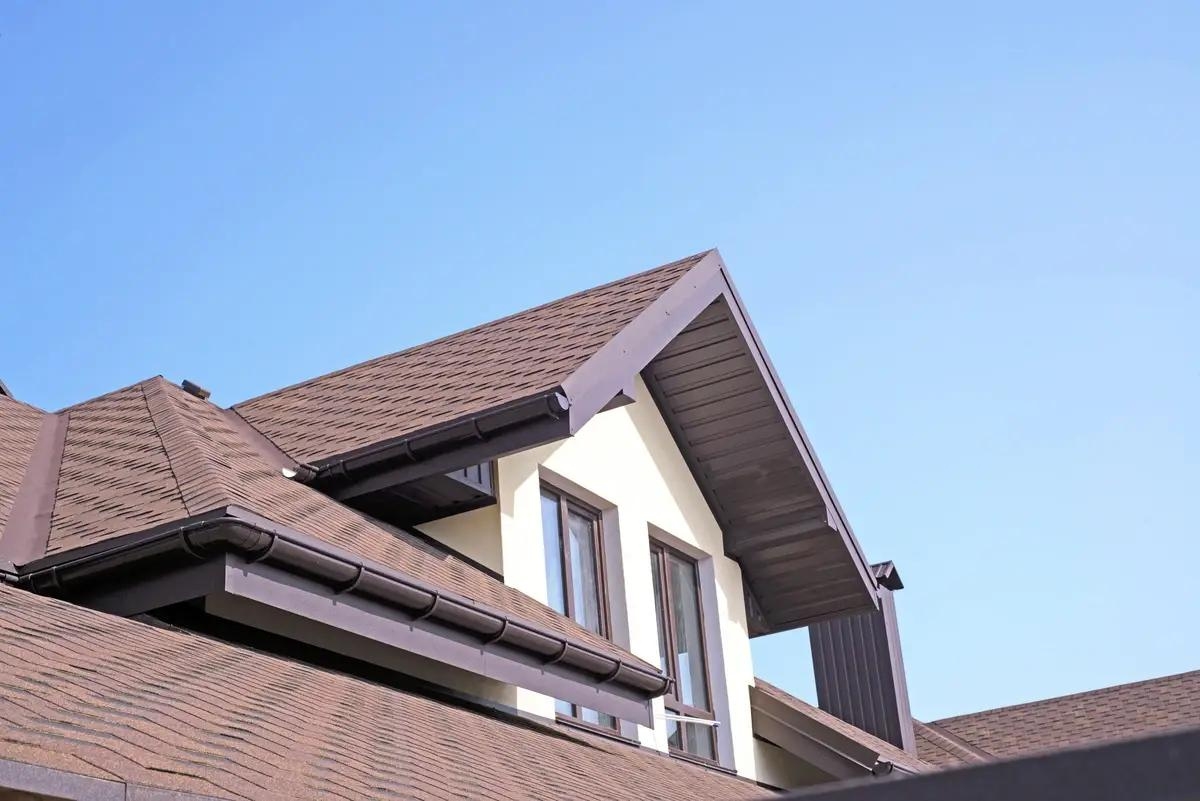

Articles
What Is Impact Resistant Roof
Modified: December 7, 2023
Learn about impact resistant roofs and their benefits in this informative article. Protect your home from severe weather and potential damages.
(Many of the links in this article redirect to a specific reviewed product. Your purchase of these products through affiliate links helps to generate commission for Storables.com, at no extra cost. Learn more)
Introduction
When it comes to protecting your home or building from extreme weather conditions and potential damage, having a strong and durable roof is essential. One option to consider is an impact resistant roof. This type of roofing system is designed to withstand the impact of hail, falling debris, and strong winds, providing increased protection for your property.
In this article, we will explore the concept of impact resistant roofing, its benefits, the different materials used, testing methods, factors to consider when choosing this type of roof, the cost of installation, and address some frequently asked questions to help you make an informed decision for your roofing needs.
Key Takeaways:
- Impact resistant roofs provide enhanced protection against hail, debris, and strong winds, reducing the risk of leaks and potential water damage. They offer long-term durability and potential insurance savings, making them a worthwhile investment for properties in severe weather-prone areas.
- When choosing an impact resistant roof, consider factors such as local climate, impact resistance rating, durability, installation requirements, curb appeal, and budget. Consulting with a professional roofing contractor can help make an informed decision, ensuring peace of mind and long-term property protection.
Read more: What Is Impact Glass
Definition of Impact Resistant Roof
An impact resistant roof, also known as a hail resistant roof, is a type of roofing system specifically designed to withstand the damaging effects of hail, falling debris, and strong winds. It is constructed using durable materials and special installation techniques to provide increased resistance to impact and reduce the risk of damage.
Traditional roofing materials, such as asphalt shingles, can be vulnerable to hail and other impact events. They may crack, break, or suffer from dents and punctures, leading to leaks and other structural issues. Impact resistant roofs, on the other hand, are engineered to mitigate the potential damage caused by these hazards.
These roofs are typically made from materials that have been tested and rated for impact resistance, such as impact resistant shingles, metal roofing, or modified bitumen. These materials are designed to absorb and distribute the force of impact, reducing the likelihood of damage to the roof surface and underlying structure.
In addition to their enhanced resistance to impact, these roofs also provide other benefits, including improved durability, longer lifespan, and potential savings on insurance premiums. They are an excellent choice for properties in areas prone to severe weather conditions, such as hailstorms and high winds.
It is important to note that while impact resistant roofs offer superior protection compared to traditional roofing systems, they are not completely invincible. Severe storms with extremely large hailstones or other extreme weather events can still cause damage, but the risk is significantly reduced with an impact resistant roof in place.
Benefits of Impact Resistant Roofing
Investing in an impact resistant roof comes with a range of benefits. Let’s dive into some of the key advantages:
- Enhanced Protection: The primary benefit of impact resistant roofing is its ability to withstand the destructive forces of hail, falling debris, and strong winds. With an impact resistant roof, you can have peace of mind knowing that your property is better protected against potential damage.
- Reduced Risk of Leaks: Impact resistant roofs are designed to resist punctures and cracks, which are common consequences of hailstorms. By minimizing the risk of damage to the roofing surface, these roofs can significantly reduce the chances of water leaks and subsequent water damage to your property.
- Increased Lifespan: Compared to traditional roofing materials that are prone to damage from severe weather, impact resistant roofs are built to last. The use of durable materials and special installation techniques can increase the lifespan of your roof, saving you money on frequent repairs or premature replacement.
- Potential Insurance Savings: Some insurance companies offer discounts or lower premiums for properties with impact resistant roofs. These roofs are seen as a proactive measure to mitigate potential damage from weather-related incidents, making them less risky in the eyes of insurers. Before installing an impact resistant roof, it’s worth checking with your insurance provider to see if any cost savings are available.
- No Compromise on Aesthetics: Impact resistant roofing materials come in a variety of styles and colors, ensuring that you don’t have to sacrifice the visual appeal of your property for added protection. Whether you prefer the classic look of asphalt shingles or the sleekness of metal roofing, there are options available to suit your architectural preferences.
- Environmental Considerations: Choosing impact resistant roofing materials can have environmental benefits as well. Some options, like metal roofing, are highly durable and recyclable, reducing waste and minimizing the need for disposal in landfills.
When considering an impact resistant roof, it’s important to weigh these benefits against the initial cost of installation. While impact resistant roofs may require a higher upfront investment compared to traditional roofs, the long-term advantages make them a worthwhile investment for homeowners and property owners in areas prone to severe weather conditions.
Types of Impact Resistant Roofing Materials
There are several types of materials commonly used for impact resistant roofing. Each material offers its own unique set of features and benefits. Let’s explore some of the most popular options:
- Impact Resistant Shingles: Impact resistant shingles are designed with an extra layer of protection to withstand the impact of hail and other severe weather conditions. They are typically made from materials like asphalt or composite and feature reinforced layers or enhanced granules for added durability.
- Metal Roofing: Metal roofs, such as steel or aluminum, are known for their exceptional strength and longevity. They have high impact resistance, making them a popular choice in areas prone to severe weather events. Metal roofs can withstand not only hail but also high winds and falling debris.
- Modified Bitumen: Modified bitumen roofing is a durable and flexible membrane system that offers excellent impact resistance. It consists of layers of bitumen and reinforcing materials, such as fiberglass or polyester, providing enhanced protection against hail and other impacts.
- Tile Roofing: Tile roofs, including clay or concrete tiles, are known for their durability and resistance to impact. They are less likely to crack or break under the force of hailstones. However, it’s important to ensure proper installation and maintenance to fully benefit from their impact resistance.
- Rubber Roofing: Rubber roofing, often made from synthetic materials like EPDM (ethylene propylene diene terpolymer), provides impact resistance while also offering flexibility and excellent waterproofing properties. It can withstand hail and other impacts without damage.
Each of these impact resistant roofing materials has its own advantages and considerations. It’s important to consult with a roofing professional to determine the best material for your specific needs, taking into account factors such as climate, building structure, and budget.
How Impact Resistant Roofs are Tested
Before impact resistant roofing materials are certified and labeled as such, they undergo rigorous testing to ensure their performance under various impact conditions. The testing process typically involves the following steps:
- Hail Impact Testing: The material is subjected to controlled hailstones of different sizes and velocities in a testing facility. The impact is measured, and the material’s ability to resist damage, such as cracking or denting, is evaluated.
- Wind Uplift Testing: The roofing system is tested for its resistance to wind uplift, which measures its ability to withstand strong winds without being lifted or dislodged. This involves subjecting the roof to simulated wind conditions to assess its stability and resistance.
- Water Penetration Testing: The material’s ability to resist water penetration is examined by simulating heavy rainfall and measuring its waterproofing capabilities. This helps determine the material’s resistance to leaks and potential water damage.
- Impact Resistance Rating: Based on the test results, the roofing material is assigned an impact resistance rating. This rating indicates its ability to withstand different levels of impact and is typically classified as Class 1 through Class 4, with Class 4 being the highest level of impact resistance.
It’s important to note that the testing standards and requirements may vary depending on the geographical location and building codes of a particular area. Building authorities and regulatory bodies often establish guidelines to ensure that impact resistant roofing materials meet specific criteria for performance and protection.
When selecting impact resistant roofing materials, it is advisable to look for products that have undergone and passed stringent testing procedures. This can provide assurance that the materials have been proven to withstand the forces of nature and perform well under extreme weather conditions.
When looking for an impact-resistant roof, consider materials such as metal, concrete, or asphalt shingles with a high impact rating. These materials can help protect your home from damage caused by hail, falling debris, or strong winds.
Read more: What Is An Impact Printer
Factors to Consider when Choosing an Impact Resistant Roof
When considering an impact resistant roof for your property, there are several factors to take into account to ensure you make the right choice. Here are some important factors to consider:
- Local Climate: Assess the typical weather conditions in your area, including the frequency of hailstorms and strong winds. Choose a roofing material that is specifically designed to withstand the weather hazards prevalent in your region.
- Impact Resistance Rating: Check the impact resistance rating of the roofing material. Class 4 is the highest rating and provides the most significant protection against hail and other impacts. However, a higher rating may come with a higher cost, so consider the level of risk in your area and your budget.
- Durability: Consider the overall lifespan of the material and its resistance to wear and tear. Opt for materials with a proven track record of durability to ensure that your roof will provide long-lasting protection.
- Installation Requirements: Different impact resistant roofing materials may have specific installation requirements. Ensure that you hire an experienced and certified roofing contractor who is familiar with the installation procedures for your chosen material.
- Curb Appeal: While the primary purpose of an impact resistant roof is protection, it’s also important to consider the aesthetic appeal of the material. Look for options that complement the architectural style of your property and enhance its curb appeal.
- Budget: Impact resistant roofing materials can vary in cost. Consider your budget and weigh the initial investment against the long-term benefits and potential savings in insurance premiums over the lifespan of the roof.
- Maintenance: Understand the maintenance requirements of the roofing material. Some materials may require periodic inspections and maintenance to ensure their optimal performance and longevity.
It’s essential to consult with a professional roofing contractor who specializes in impact resistant roofs. They can provide valuable insights and guidance based on their expertise and knowledge of the local climate and regulations.
By considering these factors and making an informed decision, you can choose the right impact resistant roof for your property, providing enhanced protection and peace of mind for years to come.
Cost of Installing Impact Resistant Roofing
The cost of installing impact resistant roofing can vary based on several factors, including the size and complexity of the roof, the chosen material, and the region where you reside. Here are some key points to consider when assessing the cost:
- Material Costs: Impact resistant roofing materials often come at a higher price point compared to traditional roofing materials. The specific material you choose, such as impact resistant shingles or metal roofing, will impact the overall cost. It’s important to compare prices and quality among different manufacturers and suppliers.
- Roof Size and Complexity: The size and shape of your roof, along with any architectural features, can affect installation costs. Roofs with multiple angles, hips, or valleys may require more time and labor to install, impacting the overall cost.
- Required Adjustments: In some cases, installing impact resistant roofing may require additional adjustments to the roof structure or the underlying decking. This can involve extra materials and labor, which may increase the overall cost.
- Removal and Disposal: If your existing roof needs to be removed and disposed of before installing the new impact resistant roofing, this process will add to the overall cost. The cost will depend on factors such as the roofing material being removed and local disposal fees.
- Contractor Costs: Hiring a professional roofing contractor experienced in installing impact resistant roofs will come with a cost. It’s essential to choose a reputable contractor who offers fair pricing and high-quality workmanship.
While the cost of installing impact resistant roofing may be higher initially compared to traditional roofing, it’s important to consider the long-term benefits. Impact resistant roofs can potentially reduce maintenance and repair costs over time due to their durability and resistance to damage from severe weather events. Additionally, some insurance companies offer premium reductions or discounts for properties with impact resistant roofs, which can provide long-term cost savings.
To determine the exact cost of installing an impact resistant roof for your property, it is advised to obtain multiple quotes from roofing contractors and discuss your specific requirements. Consider the quality of materials and the reputation and experience of the contractor when making your decision. Remember to prioritize the overall value and benefits of the impact resistant roofing system to ensure a worthwhile investment in protecting your property.
Frequently Asked Questions about Impact Resistant Roofs
Here are some commonly asked questions regarding impact resistant roofs:
- Are impact resistant roofs completely hail-proof?
- Will an impact resistant roof increase my home’s resale value?
- Can impact resistant roofs make a noticeable difference in energy efficiency?
- Do impact resistant roofs require regular maintenance?
- Do impact resistant roofs come with warranties?
- Can impact resistant roofs be installed on any type of building?
- Will my insurance premiums decrease with an impact resistant roof?
No roofing material can claim to be completely hail-proof. However, impact resistant roofs are designed and tested to withstand the impact of hail and minimize damage. They provide a higher level of protection compared to traditional roofing materials.
An impact resistant roof can enhance the resale value of your home. Potential buyers value the added protection and durability that impact resistant roofs offer, especially in areas prone to severe weather conditions.
While impact resistant roofs primarily focus on providing protection against impact events, they can also have energy-saving benefits. Some materials reflect more sunlight, reducing heat absorption and potentially lowering cooling costs.
Impact resistant roofs generally require the same level of maintenance as traditional roofs. Regular inspections and timely repairs, if necessary, are recommended to ensure the longevity and performance of the roofing system.
Most impact resistant roofing materials come with warranties from the manufacturer that cover specific time periods, typically ranging from 10 to 50 years. The warranty terms may vary depending on the material and the manufacturer.
Impact resistant roofs can be installed on a variety of residential and commercial buildings. However, the specific requirements and considerations may vary depending on the type of structure and local building codes. It’s important to consult with a professional roofing contractor to determine the best options for your building.
In some cases, insurance companies offer discounts or lower premiums for properties with impact resistant roofs. It’s advisable to contact your insurance provider to discuss any potential cost savings associated with installing an impact resistant roof.
These are just some of the frequently asked questions about impact resistant roofs. If you have more specific questions or concerns, it’s best to consult with a roofing professional who can provide personalized advice based on your unique circumstances.
Conclusion
Impact resistant roofs provide an effective solution for protecting your home or building from the damaging effects of hail, falling debris, and strong winds. With their enhanced durability and resistance to impact, these roofs offer a range of benefits.
By choosing an impact resistant roof, you can enjoy increased protection for your property, reduced risk of leaks, and an extended lifespan for your roof. The potential savings on insurance premiums and the positive impact on the resale value of your property are additional advantages worth considering.
When selecting an impact resistant roof, it is important to consider factors such as local climate, impact resistance rating, durability, installation requirements, curb appeal, and budget. Consulting with a professional roofing contractor can help you make an informed decision based on your specific needs and circumstances.
While the initial cost of installing impact resistant roofing may be higher compared to traditional materials, the long-term benefits and potential savings make it a worthwhile investment. Impact resistant roofs provide peace of mind and can withstand severe weather conditions, ensuring the protection of your property for years to come.
Overall, investing in an impact resistant roof is a proactive step towards safeguarding your property and ensuring its resilience against the forces of nature. By choosing this durable and resilient roofing option, you are making a smart choice to protect your investment and create a safer living environment.
Frequently Asked Questions about What Is Impact Resistant Roof
Was this page helpful?
At Storables.com, we guarantee accurate and reliable information. Our content, validated by Expert Board Contributors, is crafted following stringent Editorial Policies. We're committed to providing you with well-researched, expert-backed insights for all your informational needs.

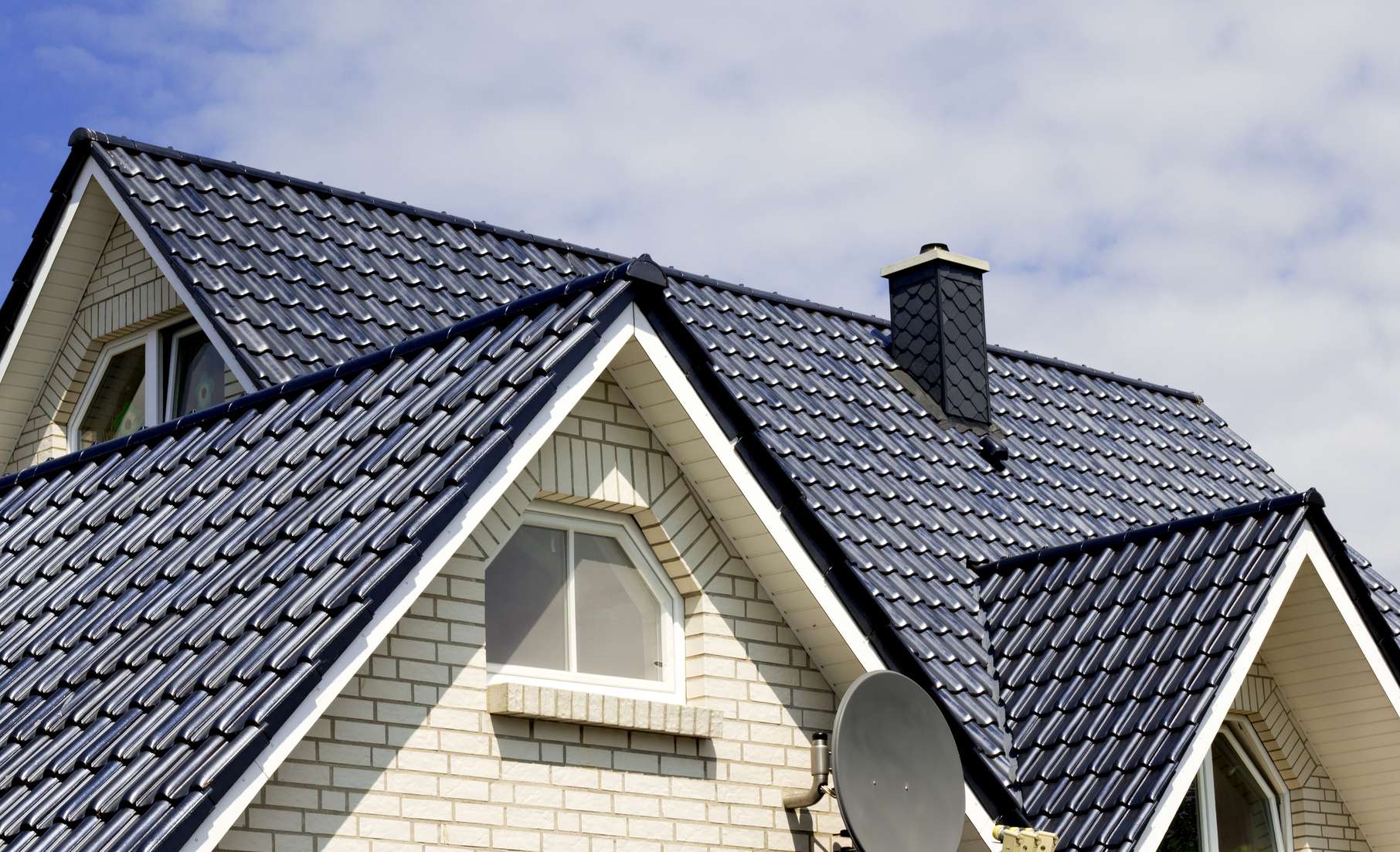

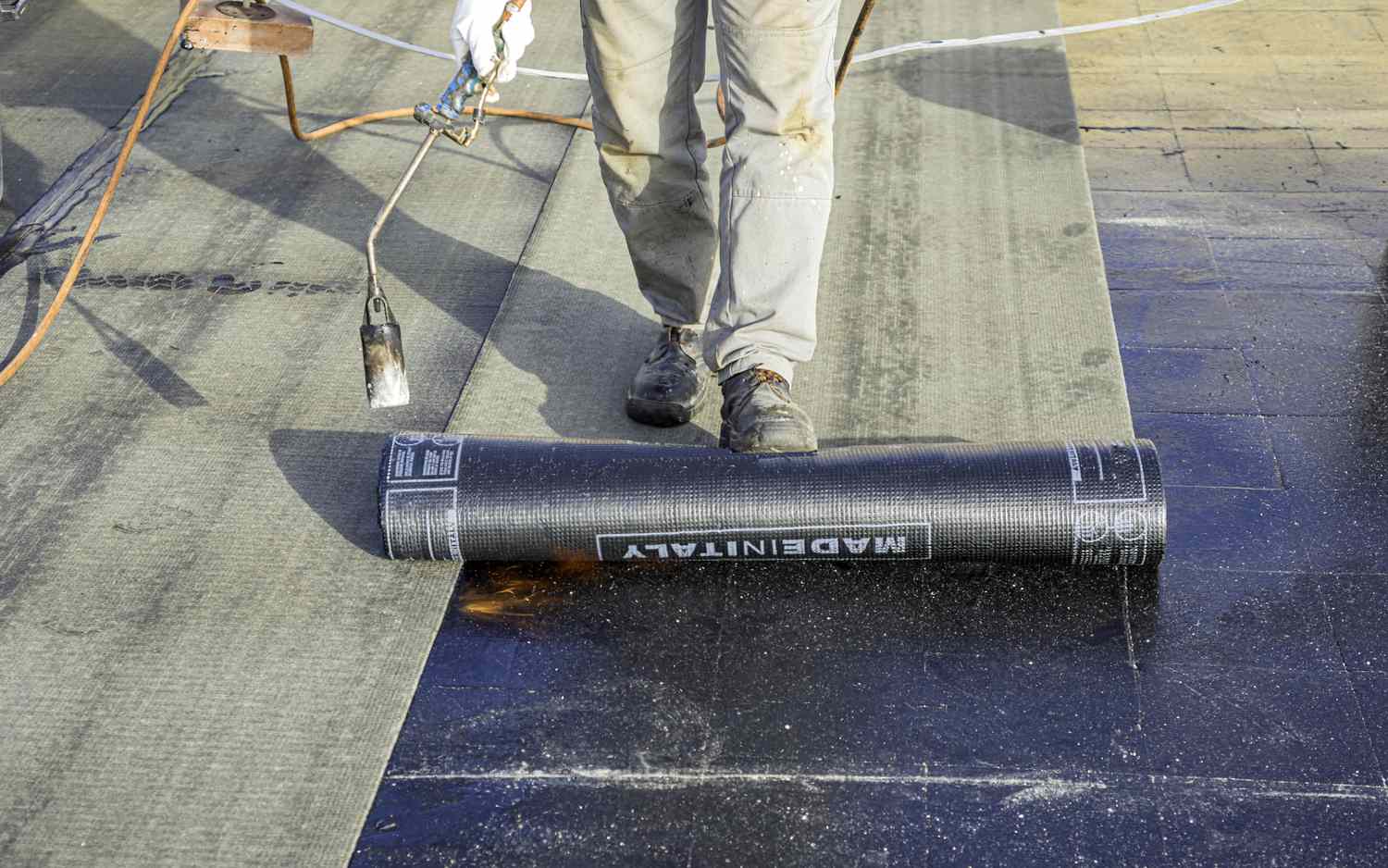
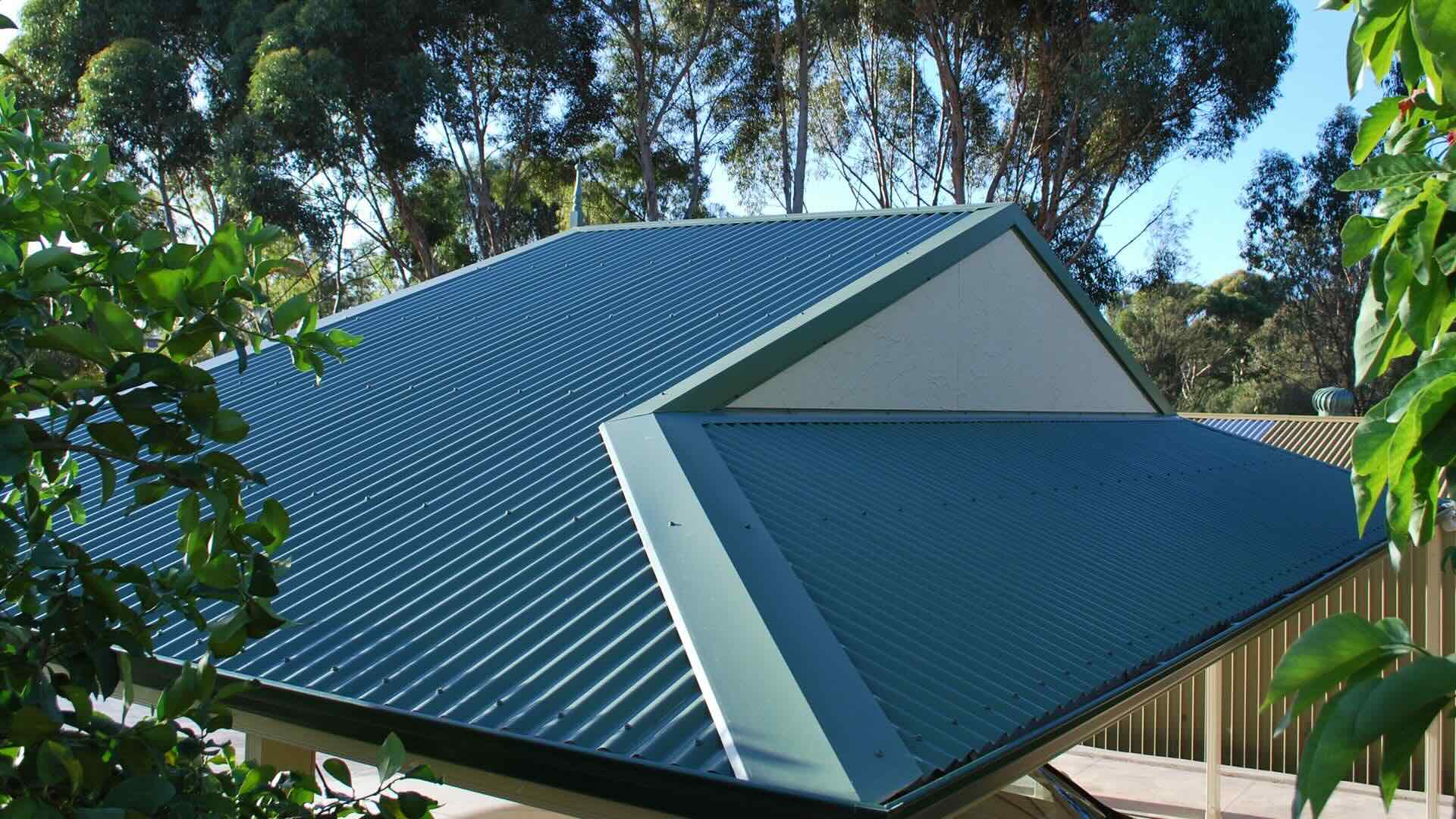
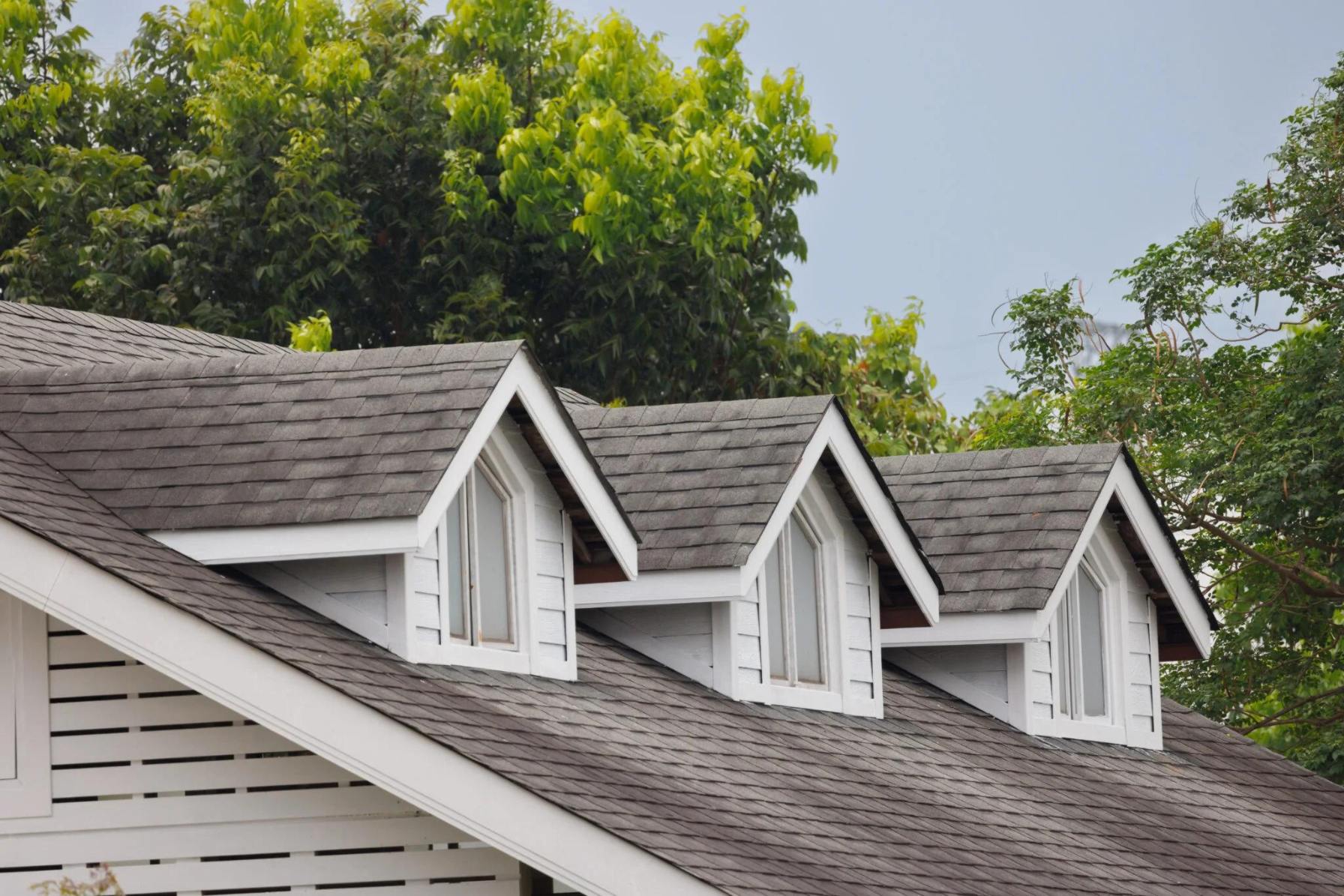
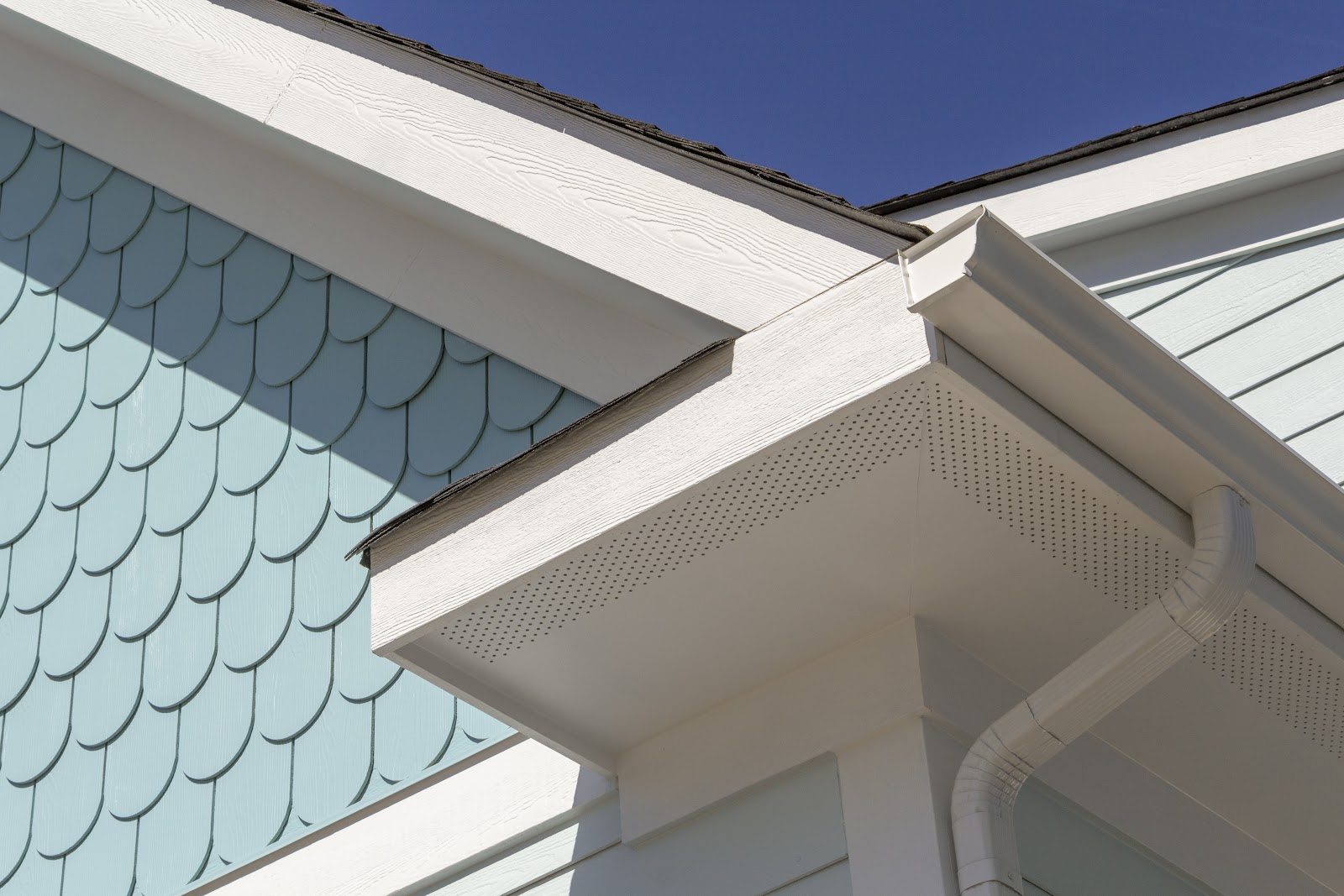
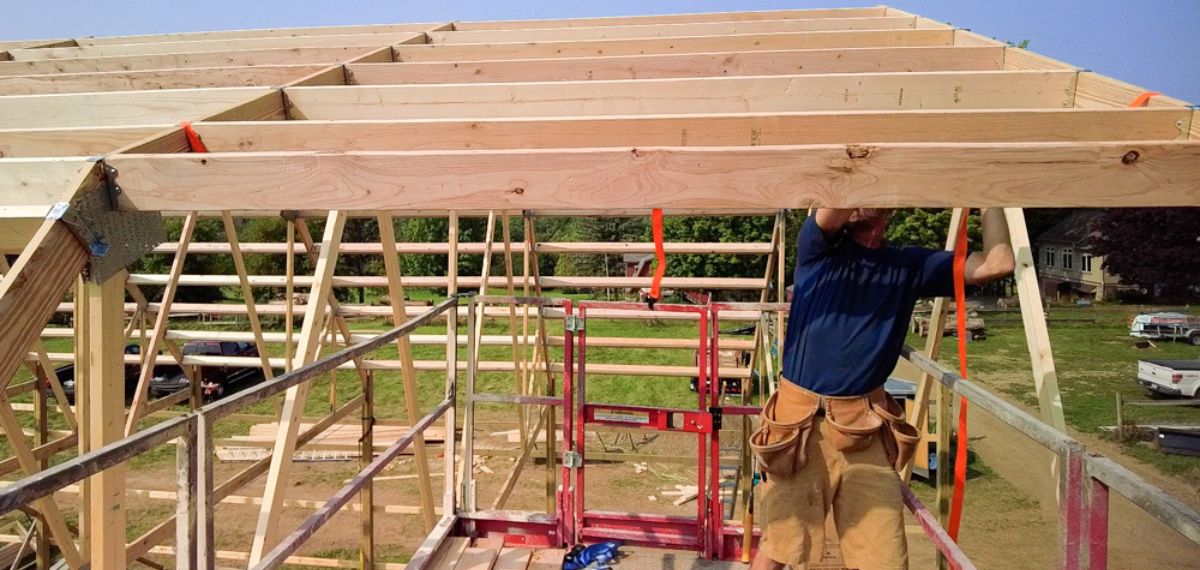

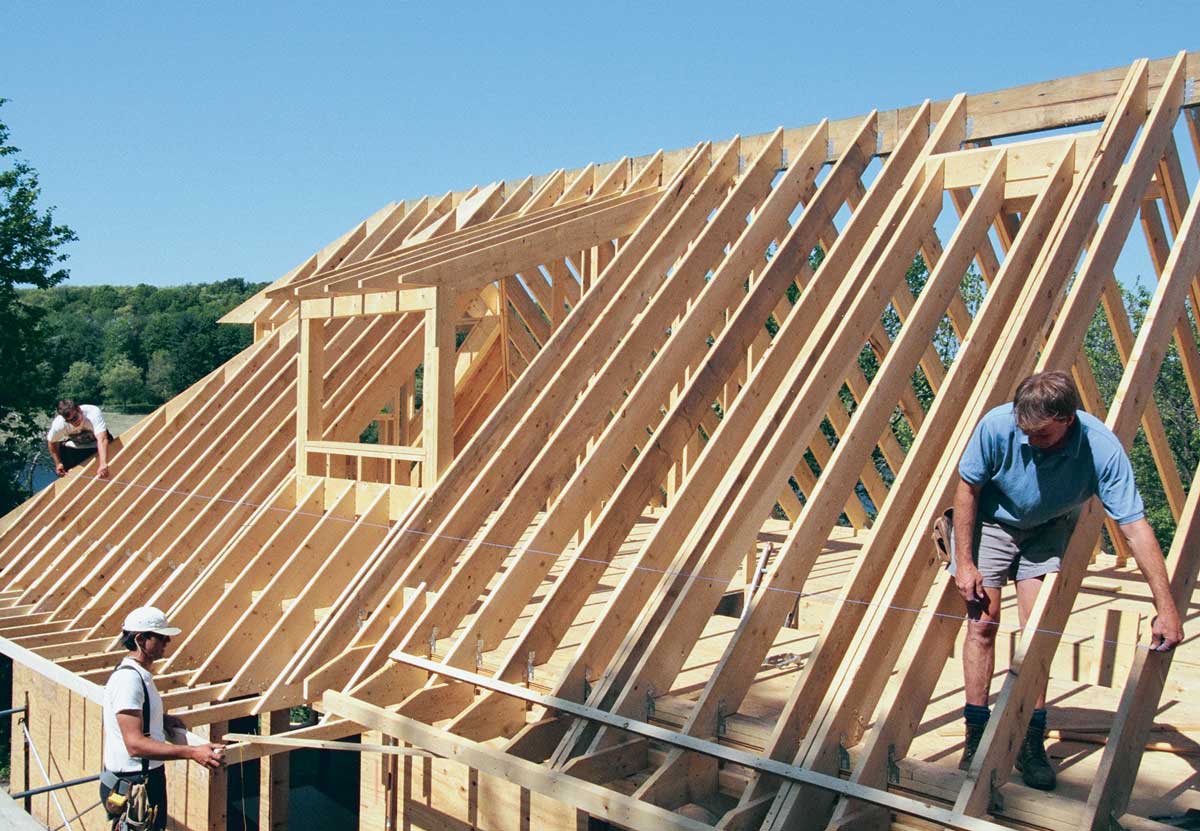
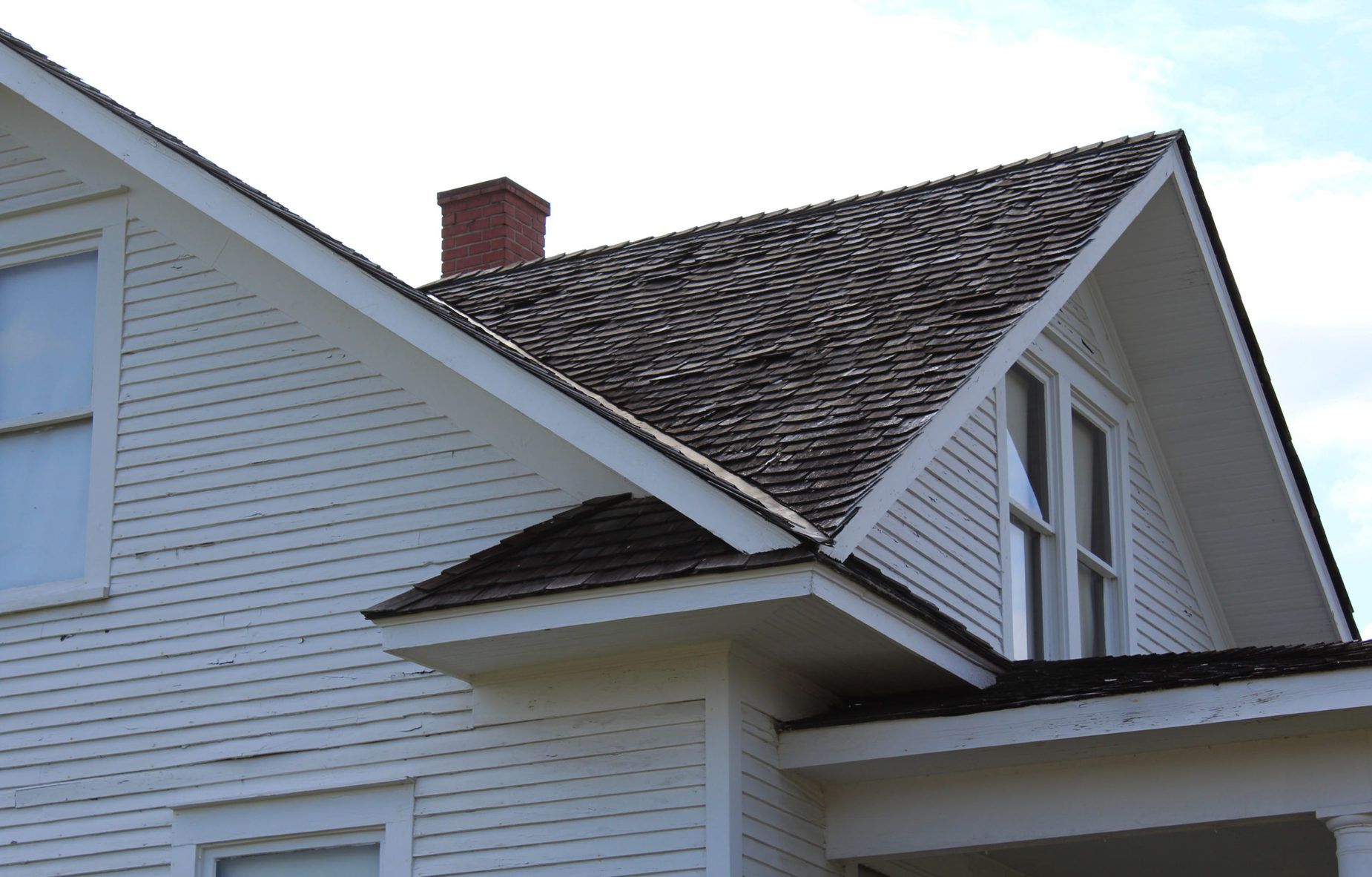
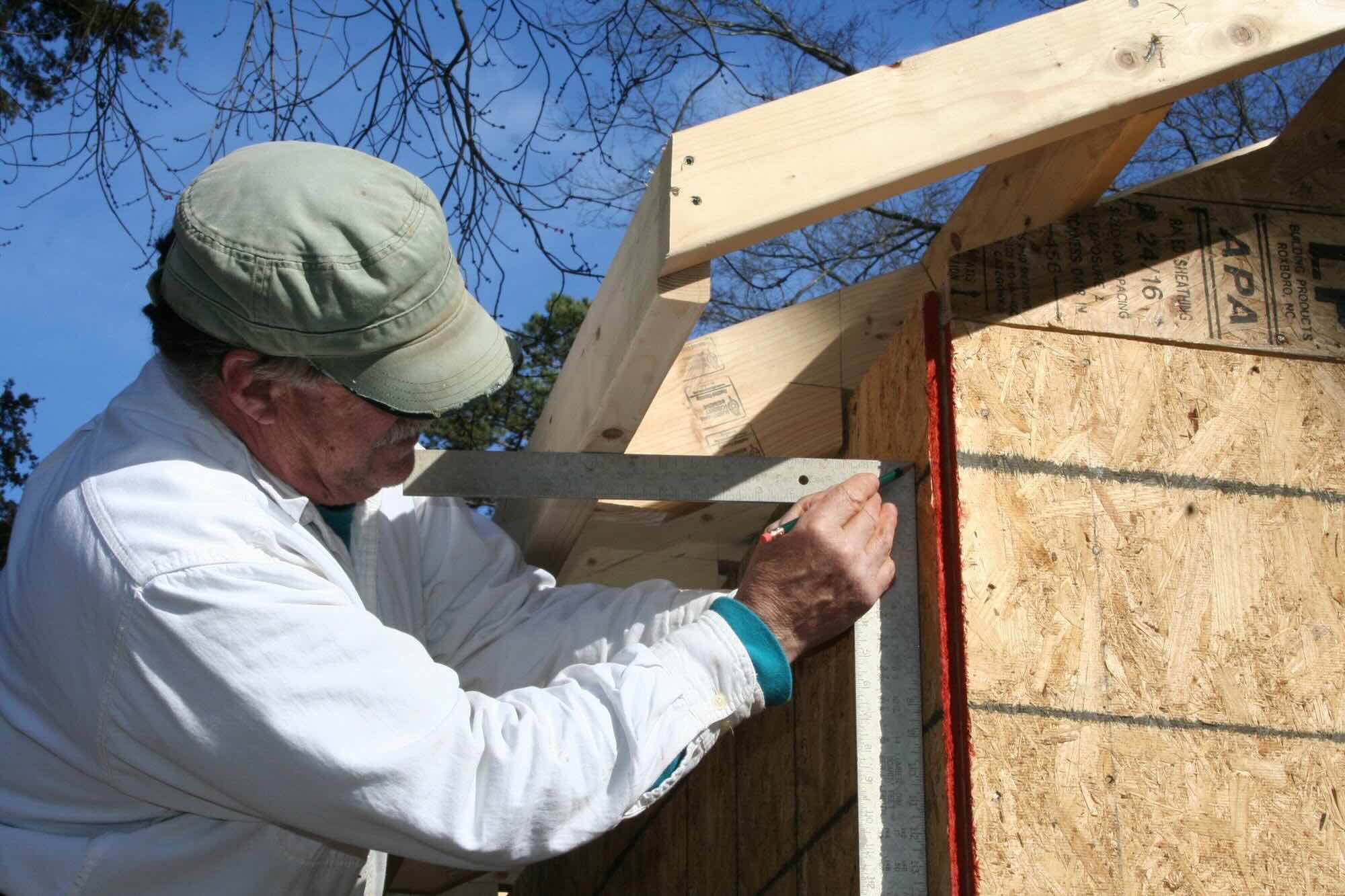
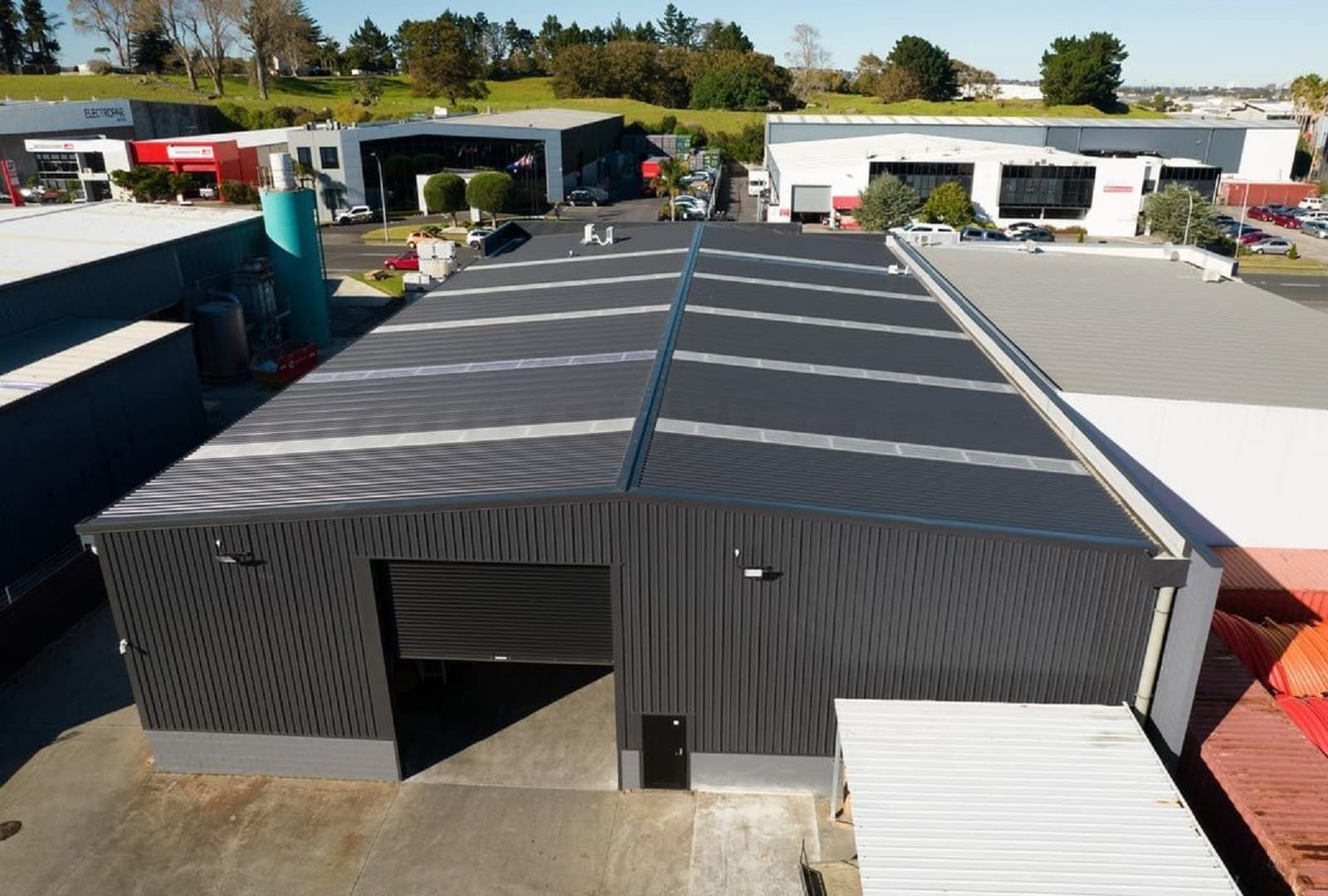
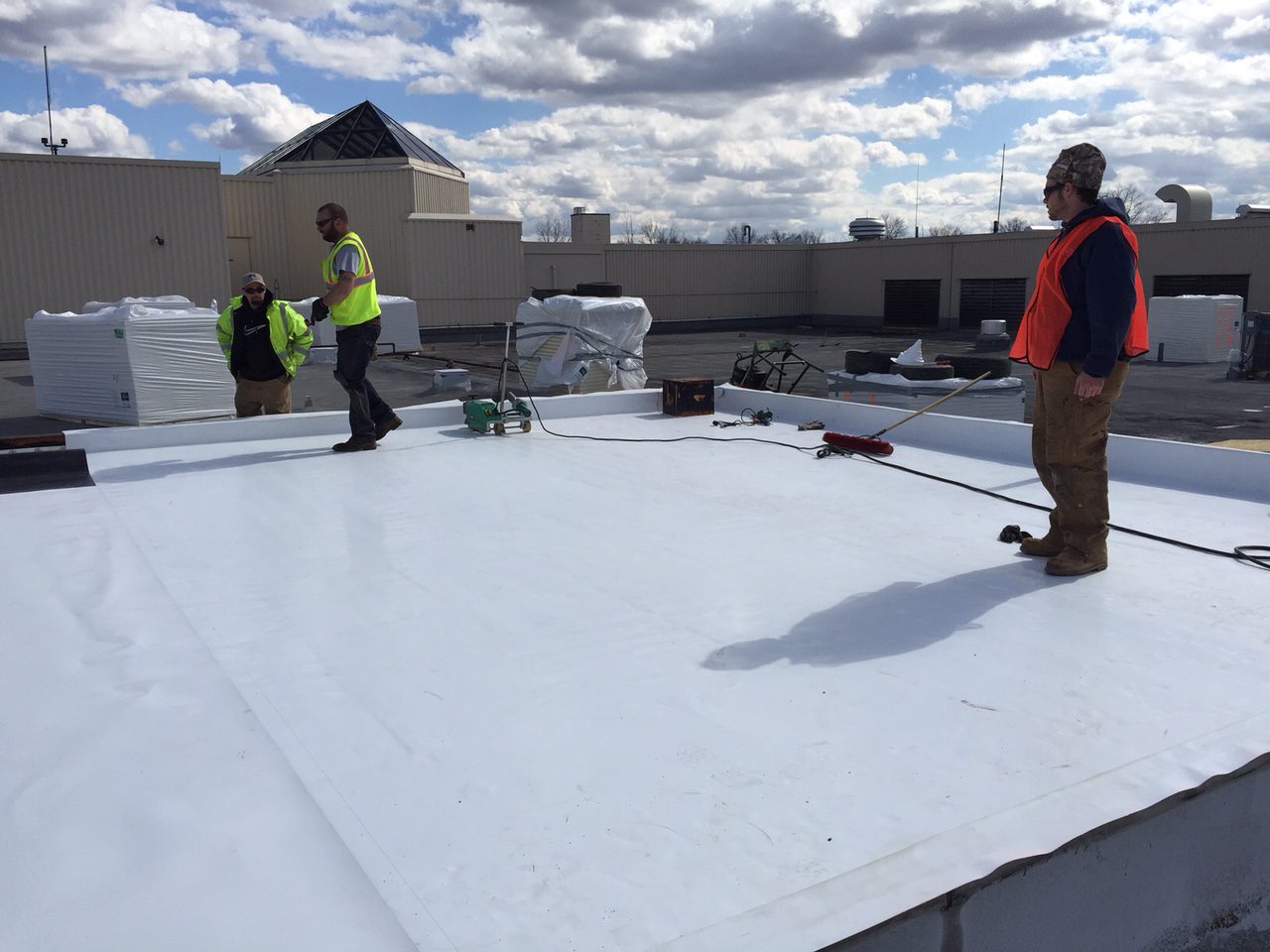

0 thoughts on “What Is Impact Resistant Roof”